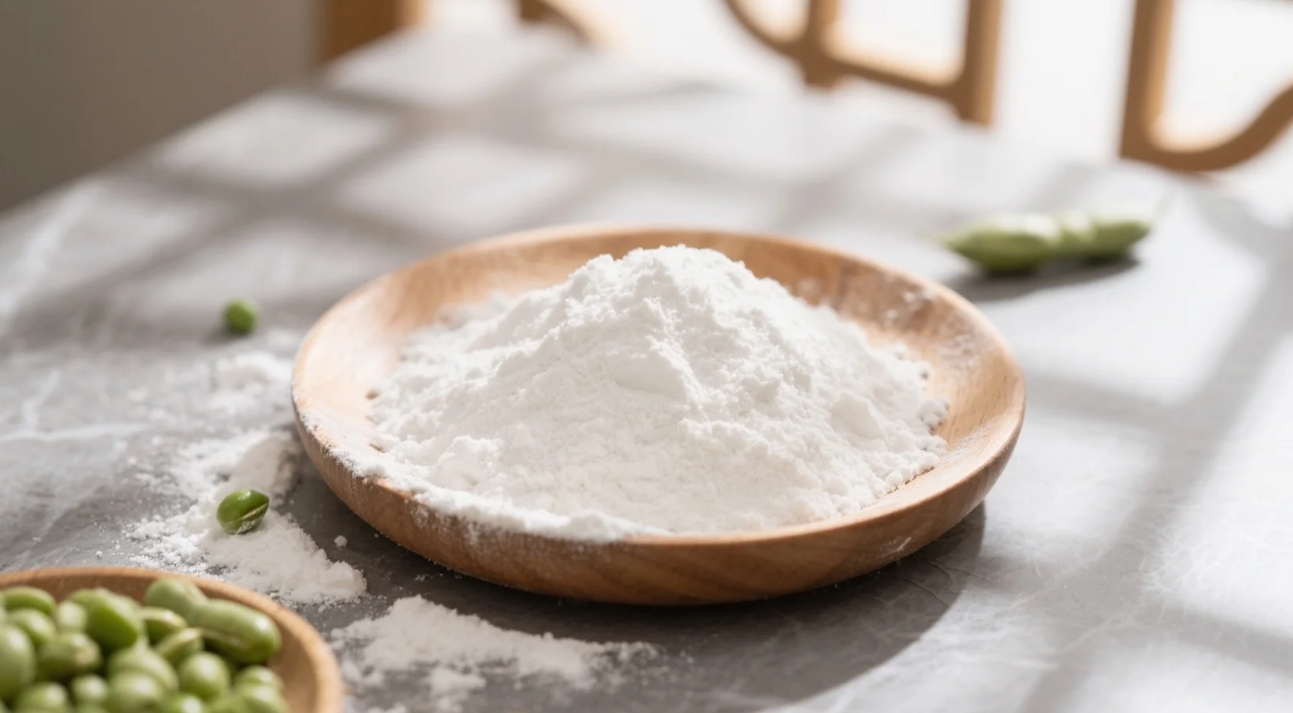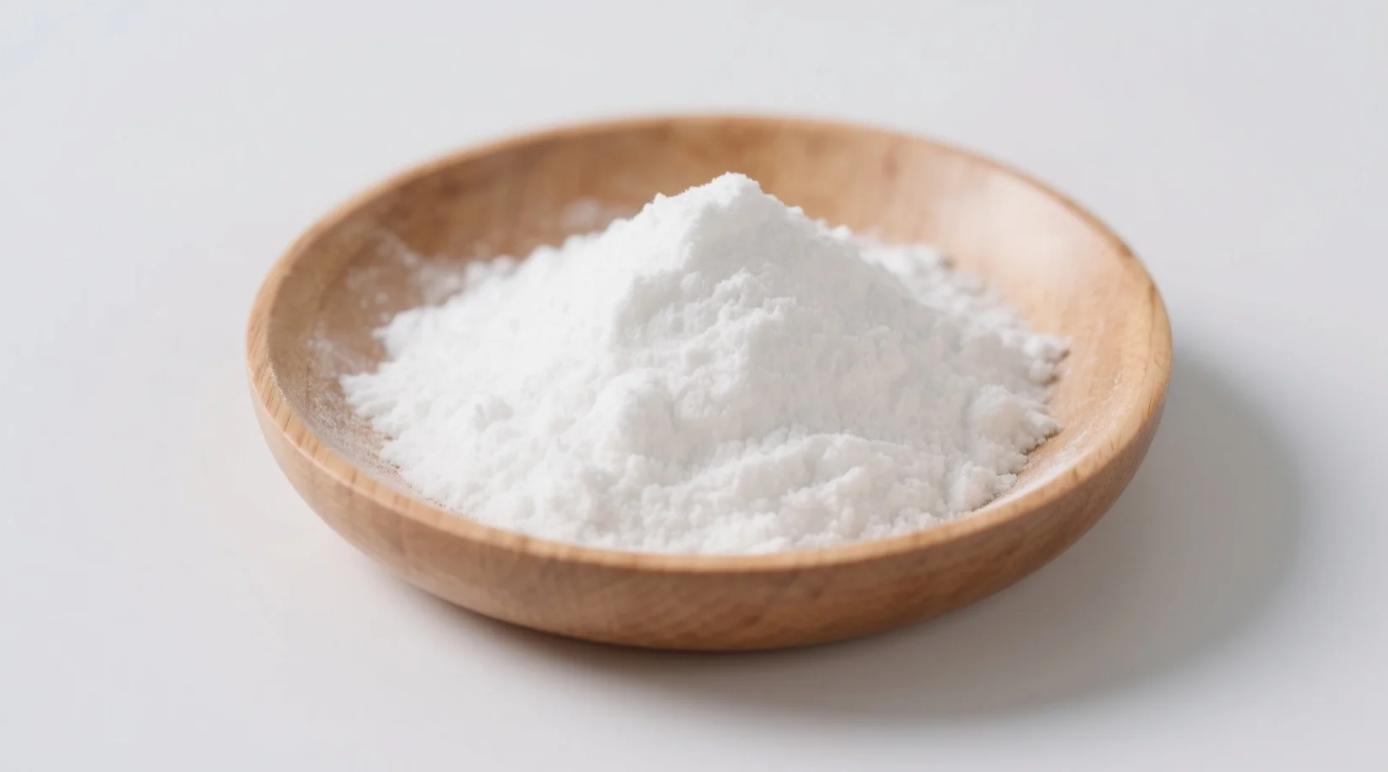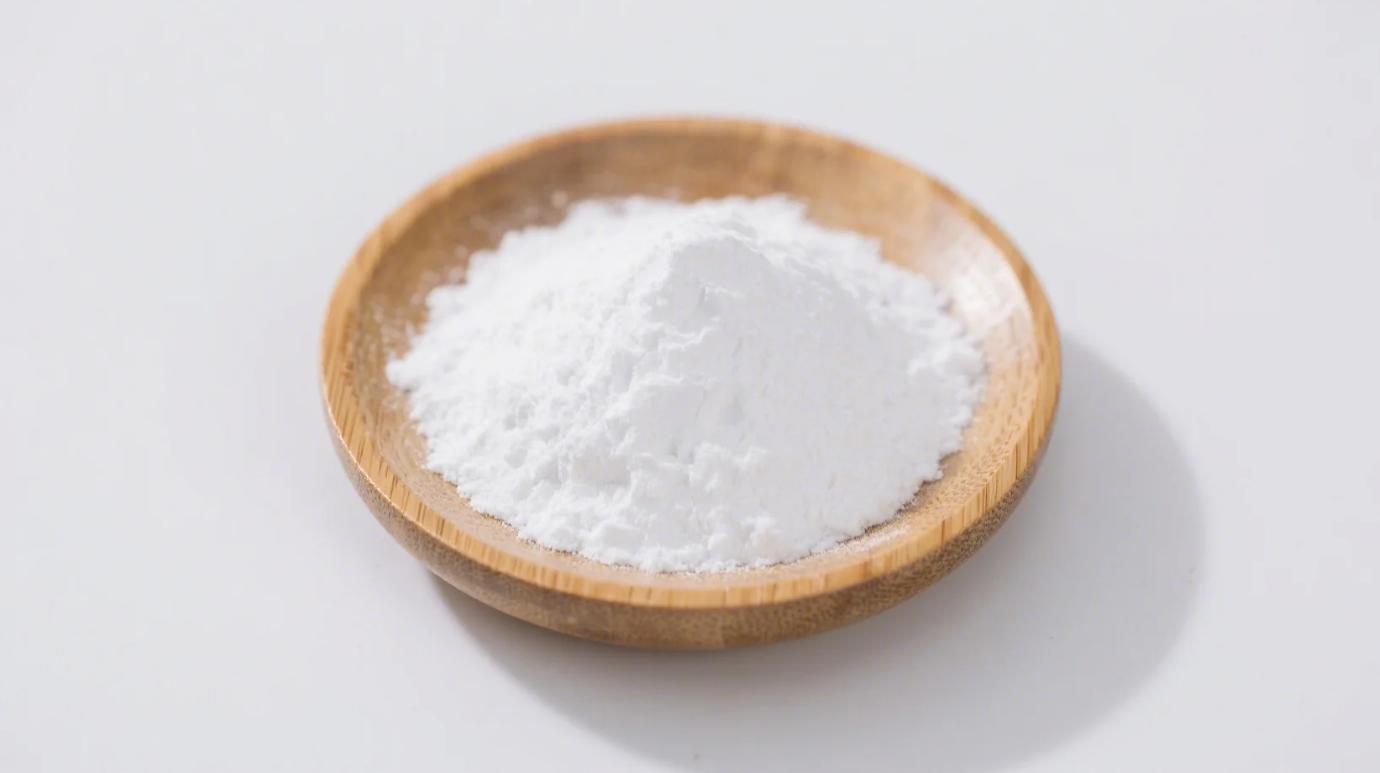Organic mung bean starch powder isn’t just another thickener—it’s nature’s stealth bomber for stable blood sugar. While rice starch sends glucose soaring and tapioca crashes hard, this unsung hero clocks a remarkably low glycemic index (GI) of 39–45. (For context: table sugar = 65, wheat flour = 75). But how does a starch—typically a fast carb—become a diabetic-friendly powerhouse? Let’s crack its biochemical code.
The Science Behind the Slow Burn
Mung bean starch owes its low GI to two unique traits:
- Resistant Starch (RS3) Content → 30–40% of its starch escapes digestion, feeding gut bacteria instead of spiking glucose.
- Amylose-Amylopectin Ratio → Its 35:65 balance forms tight crystalline structures that enzymes slowly dismantle.
Real-world proof:
When researchers fed subjects mung bean noodles vs rice noodles:
- Mung group peaked at +25% blood glucose
- Rice group spiked +68% then crashed
How Processing Impacts the GI (Organic vs. Conventional)
| Factor | Conventional Starch | Organic Starch |
|---|---|---|
| Processing Temperature | High-heat drying → breaks RS3 | Sun-dried/slow-dehydrated → preserves RS3 |
| Chemical Bleaching | Chlorine oxides → degrades fibers | Zero bleaching → intact amylose chains |
| Residue Risks | Pesticide traces in raw beans | Certified organic beans → no neurotoxins |
Translation: Organic methods retain 12% more resistant starch, turning it into a true slow-carb ally.
GI in Action: Kitchen Power Plays
Cooling = GI-Lowering Hack
Cook mung starch in sauces/glass noodles → refrigerate 2 hours → RS3 content jumps 200%. Cold sesame noodles become gut-health gold.
Combination Magic
- Blend with vinegar (acid delays starch digestion → GI drops 20%)
- Add cinnamon (polyphenols slow glucose uptake)
Glycemic Curve Smoothers
| Recipe | Technique | Effective GI |
|---|---|---|
| Dairy-Free Pudding | Mix with coconut milk + chia seeds | 32 |
| Stir-Fry Sauce | Replace cornstarch 1:1 | 40 vs corn’s 85 |
| Gluten-Free Baking | Sub 25% of flour in muffins | 45 vs wheat’s 75 |
Myth Busting: “But All Starches Are Created Equal”
✘ Myth: “Mung starch = potato starch”
Truth: Potato starch GI = 85–90 → glucose rocket fuel.
✘ Myth: “Thickeners don’t impact blood sugar”
Truth: Cornstarch GI = 85–93 → sharper spikes than soda.
✘ Myth: “Organic is just marketing”
Truth: Non-organic mung beans show 40% lower resistant starch in lab tests due to agrochemical damage.
Beyond the Number: Why This GI Changes Everything
- Weight Management: 100g has only 330 calories (vs 380 in cornstarch) with triple the satiety.
- Diabetic-Safe Desserts: Stabilizes ice cream without blood sugar rollercoasters.
- Athlete Fuel: Sustained energy release > 120 mins (cornstarch lasts < 45 mins).
Pro Tip: Always pair with protein/fat (e.g., stir-fried tofu + mung-thickened sauce) → lowers effective GI to near 20.
The Final Grain of Truth
Organic mung bean starch isn’t just a thickener—it’s biochemistry wearing an apron. That unassuming powder is silently shielding your pancreas, nourishing your microbiome, and turning comfort foods into longevity tools. Next time you thicken a soup or bake a treat, remember: you’re not just cooking… you’re conducting a blood-sugar symphony.
Note: Individual GI responses vary. Always test new ingredients if diabetic.
Related Products
Organic Potato Starch Powder
White powder, excellent thickening, USDA & EU Organic, vegan, non-GMO.
Organic Mung Bean Starch
Premium Gluten-Free Thickener & Texture Enhancer for Food and Industrial Applications
Organic Cornstarch
Premium Gluten-Free Thickener & Stabilizer for Food, Pharma & Industrial Applications



